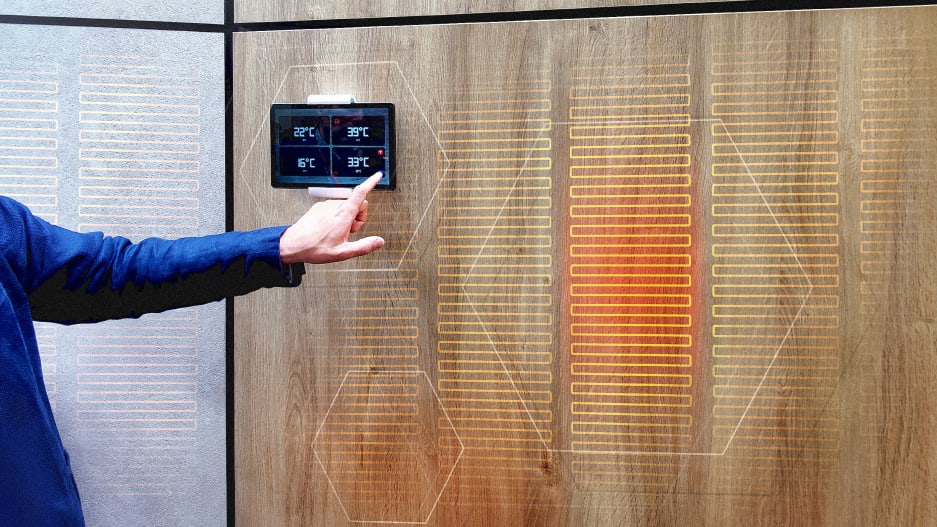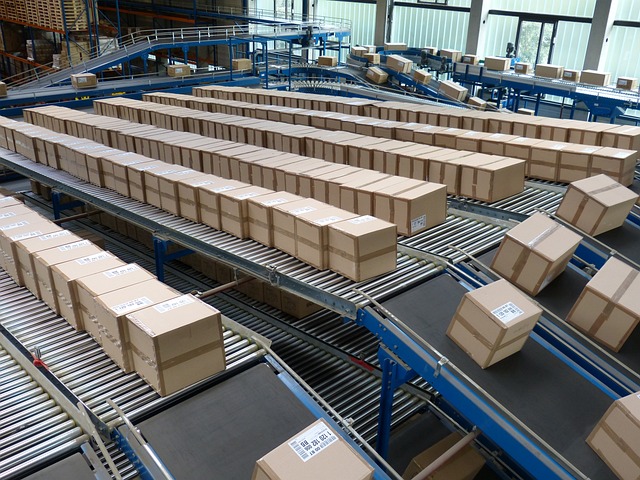Worksites pose serious risks and dangers to workers. When heavy machinery is being used, the risks and dangers are taken to a whole other level. Safety is therefore the main priority when working with lifting equipment. Cranes and other tall machinery must be handled carefully to ensure and maximize everyone’s safety and wellbeing on the job.
If a crane topples over, not only can expensive equipment be ruined, but lives and a significant amount of money could be lost.
For this reason, outrigger pads are deemed the best option to use whenever conducting lifting operations. They provide your lifting equipment with a more stable platform and distribute its weight over a wider area. In this article, we look closely at outrigger pads, how they can be used safely and what kinds of pads are available on the market.
The Essentials
Outrigger pads are placed on the ground under the equipment’s outrigger, float, foot, or show. When using an outrigger pad, the selected size and thickness should be based upon the type of equipment, work site’s soil conditions, and type of lift being carried out.
When someone works with outrigger systems, it’s essential to know that the point of contact between an outrigger pad and the ground is relatively small. Because of the outrigger’s pressure, the ground below may shift, be displaced, or even collapse if an outrigger pad isn’t used.
If those things occur, chances are the equipment will shift or tip the load, leading to the equipment toppling over. In fact, around half of the crane lifting incidents are caused by improper handling of outriggers.
The main purpose of outrigger pads is to stabilize equipment so the ground below doesn’t shift and equipment doesn’t tip over. Stability is dependent upon the equipment’s footprint (the total area enclosed by the equipment’s support structure) and center of mass (the point at which the equipment would balance if placed on top of a single point to support it).
The equipment would topple if the center of mass is located on the edge of the footprint or outside of it. To provide more stability, use a counterweight to help shift the center of mass back over the footprint or make the footprint bigger with an extendable outrigger system.
As we know, all cranes have counterweights but there’s a limit to how hefty they can be due to setup considerations and transportation. There’s no guarantee the ground conditions will be stable to set up and hold the crane when you transport it to the work location.
Therefore, it’s crucial to use outriggers to extend the crane’s footprint to maintain the stability of the equipment. Installing outrigger pads underneath the outriggers will expand their point of contact with the ground and move pressure from the equipment through the outrigger pad to the ground.
Important Points
As with all safety tools used, outrigger systems and outrigger pads must be handled according to their manufacturers’ instructions. For this reason, we list some important points to keep in mind when working with an outrigger system.
Know that the proper setup and leveling are critical to the proper function of any type of outrigger system. The operator is required to follow the chart from the manufacturer in terms of the permitted level and grade percentage when setting up the equipment. If the level is unfitting, the lifting capacity of the equipment will be reduced.
Before setting up, try to acquire soil conditions for the work area. Knowing the ground-bearing capacity will help workers define what type of outrigger pad is the best option for the equipment that will be used. Another important thing to know is that outrigger pads shouldn’t be used to bridge any gaps or span any voids.
A Variety of Pads
Outrigger pads are built in different lengths, shapes, thicknesses, and widths. There are pros and cons when it comes to shapes. For instance, since large square outrigger pads have larger surface areas, they’re difficult to move around on the site. However, round outrigger pads are easier as they can be rolled into position by one individual and have less surface area.
American custom composite, premium birch, and American steel are the three most popular materials used to build outrigger pads and these should be used when staff is aloft or with any critical lift with a load of 10,000 pounds or above.
Final Thoughts
Like all tools for line construction and maintenance, before being used or set up, outrigger pads should be properly inspected. After completing the setup, perform a dry run with a spotter to check the outriggers and outrigger pads, check the equipment level and you’re all set to move forward with your job.







